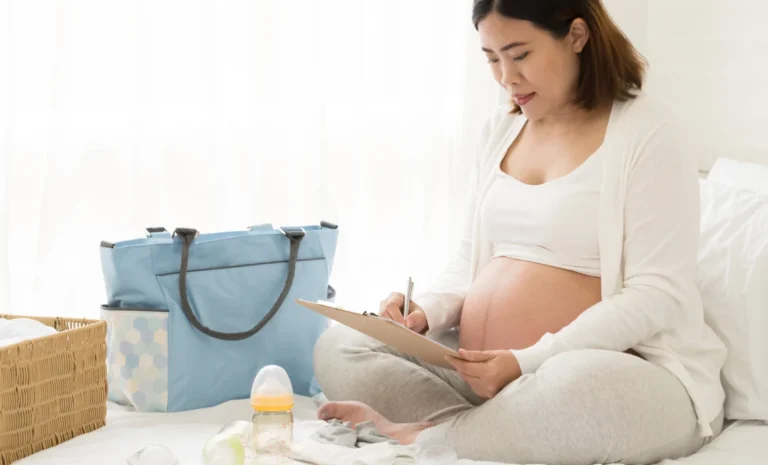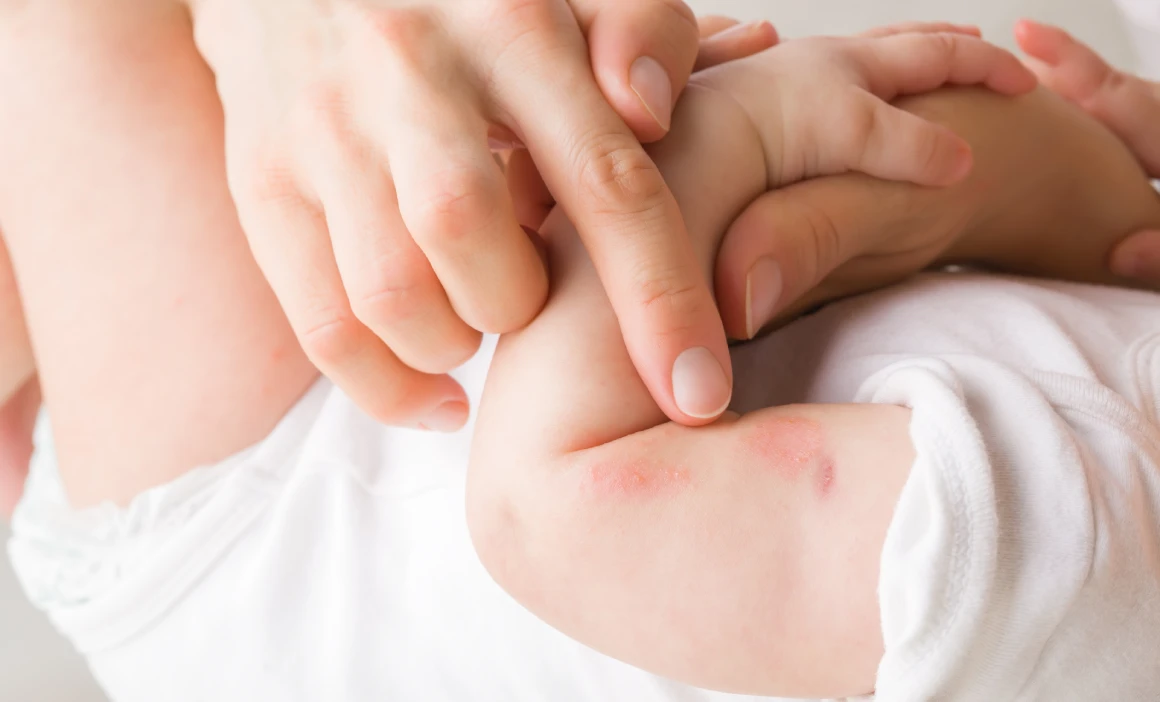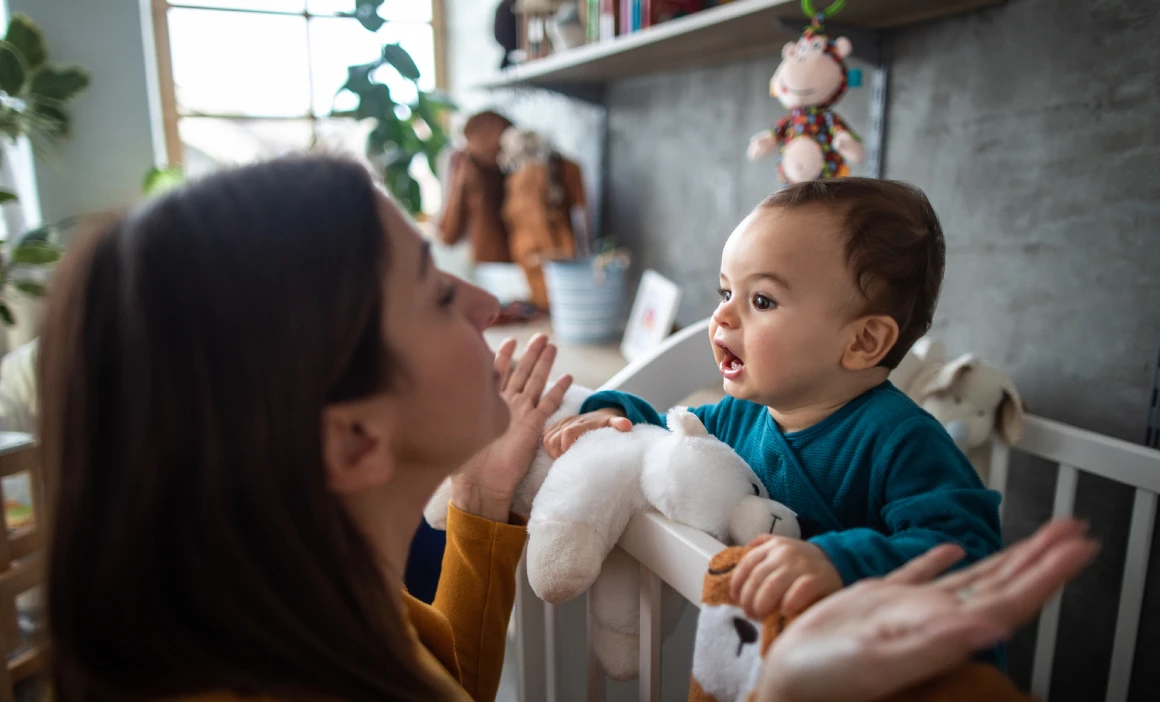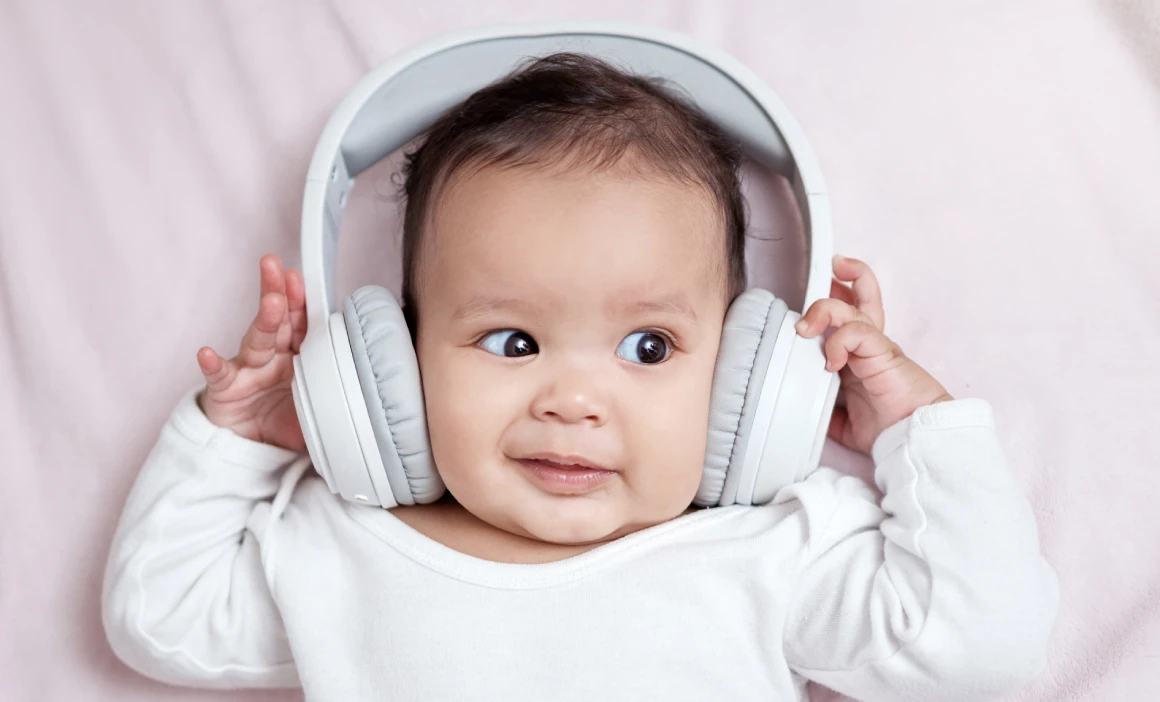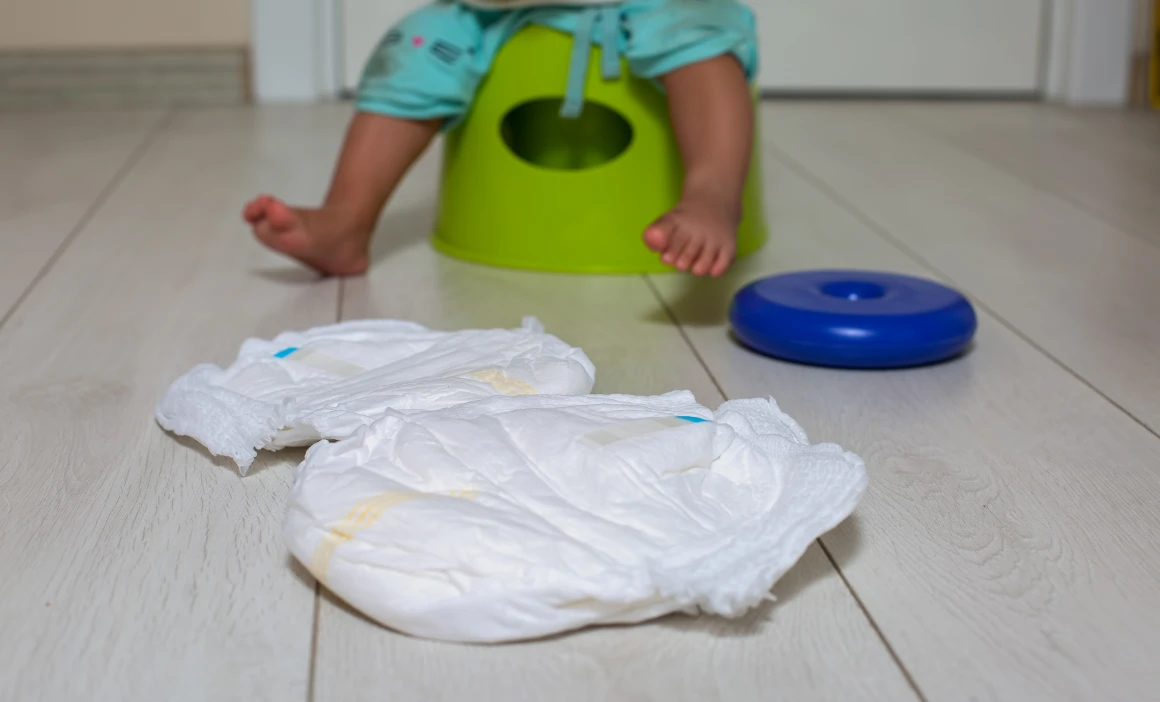
Potty Training Tips for Parents: A Gentle Guide (With Daycare Support)

Cradle of Nutrition
- 4 minutes read
Looking for a simple, stress-free way to potty train your toddler? Whether you’re just starting or balancing potty training with daycare, this expert guide will help you navigate the process confidently.
Learn when to start, how to recognize readiness signs, what to expect at daycare, and how to handle common setbacks—all with a gentle, child-centered approach.
When to Start Potty Training: Age & Readiness
What’s the best age to start potty training? There’s no one “perfect” time. Most toddlers are ready between 18 and 30 months, but it depends more on development than age.
General Timeline:
- Daytime potty training: Usually completed by age 3
- Nighttime potty training: Often achieved between ages 4–5
Key Tip:
Avoid starting potty training and daycare at the same time. Introducing too many changes can cause stress. If possible, begin potty training a few weeks before or after a major transition like starting daycare.
Signs Your Child Is Ready for Potty Training
Wondering if your toddler is ready? Look for these potty training readiness signs:
Communication & Awareness:
- Tells you when they’re peeing or pooping
- Hides to poop (a very common sign!)
- Shows interest in using the toilet
- Imitates others in the bathroom
Physical Readiness:
- Walks and sits on the potty independently
- Can pull pants up and down
- Stays dry for at least 2 hours or after naps
Emotional Readiness:
- Curious about potty routines
- Likes following simple directions
- Isn’t facing major stress (e.g., moving, new sibling, starting daycare)
Example: A 2-year-old hides behind the couch to poop, wants to flush the toilet, and enjoys “potty books.” These are great indicators it’s time to start.
Daycare and Potty Training: What Parents Need to Know
Starting daycare and potty training together? It’s common—but here’s how to make it smoother for your child.
Why Potty Training at Daycare Can Help
- Kids often copy others using the potty
- Teachers are experienced in potty training toddlers
- Routine-based environments support consistency
Common Challenges:
- Children may feel shy using unfamiliar bathrooms
- Transitions can lead to regression
- Some daycares have potty training requirements by age
Parent Tips for Daycare Success:
- Communicate with daycare staff about potty routines
- Avoid double transitions (don’t start training and daycare on the same day)
- Use consistent language (“potty,” “pee,” etc.) at home and school
- Send familiar items—like extra clothes, a potty seat, or a favorite book
- Expect setbacks and approach them calmly
How to Handle Potty Training Setbacks
Potty training regression and accidents are normal! Here’s how to handle them without frustration:
Common Challenges & Solutions:
- Fear of the toilet: Let your child explore it with clothes on. Read potty books together and offer lots of praise.
- Regression: This often happens during big changes like daycare. Take a short break and try again when things are calmer.
- Holding poop: Offer fiber-rich foods, reduce pressure, and stay patient.
- Frequent accidents: Stick to a routine, offer gentle reminders, and reassure your child.
Tip: Give choices to build independence
“Do you want to use the potty now or after your snack?”
Nighttime Potty Training Tips
Night training usually takes longer than daytime potty training. That’s totally normal and nothing to stress about.
Nighttime Tips:
- Use overnight pull-ups or training pants
- Wait until your child wakes up dry several mornings in a row
- Keep the process calm and positive—don’t rush it
When to Talk to Your Pediatrician
Check in with your doctor if:
- Your child shows no interest by 3.5 years
- They frequently withhold poop or show signs of pain
- They are afraid of the toilet despite repeated attempts
- You’ve tried potty training for 3+ months with little progress
Final Thoughts:
Potty training is a journey, not a race. It’s not just about using the toilet—it’s about learning independence, building routines, and growing confidence.
Remember:
- Every child is unique—go at their pace
- Accidents are part of learning—stay calm
- Positive reinforcement works better than pressure
- Daycare can be a great partner in the process
With patience, consistency, and encouragement, your child will succeed—one flush at a time.
FAQ: Potty Training for Toddlers
1. Q: What is the best age to start potty training?
A: Most children are ready between 18 and 30 months, but readiness matters more than age.
2. Q: How do I know if my toddler is ready for potty training?
A: Signs include staying dry for 2+ hours, showing interest in the potty, and pulling pants up/down independently.
3. Q: Can I potty train and start daycare at the same time?
A: It’s best to space out major changes. Try starting potty training a few weeks before or after beginning daycare.
4. Q: How long does potty training take?
A: It varies—some children learn in days, while others take weeks or months. Consistency and patience are key.
5. Q: What should I do if my child has a potty training regression?
A: Stay calm. Regression is normal during stress or transitions. Take a break and restart gently when ready.
6. Q: When should I call the pediatrician about potty training?
A: If your child isn’t showing interest by 3.5 years, withholds poop, or seems fearful or in pain, talk to your doctor.
Most pediatricians recommend a flexible, low-pressure approach that follows the child’s lead and emphasizes encouragement.
by Erika Barabás
More Potty Training Resources for Parents:
https://www.parents.com/toddlers-preschoolers/potty-training
https://www.healthychildren.org/English/ages-stages/toddler/toilet-training
